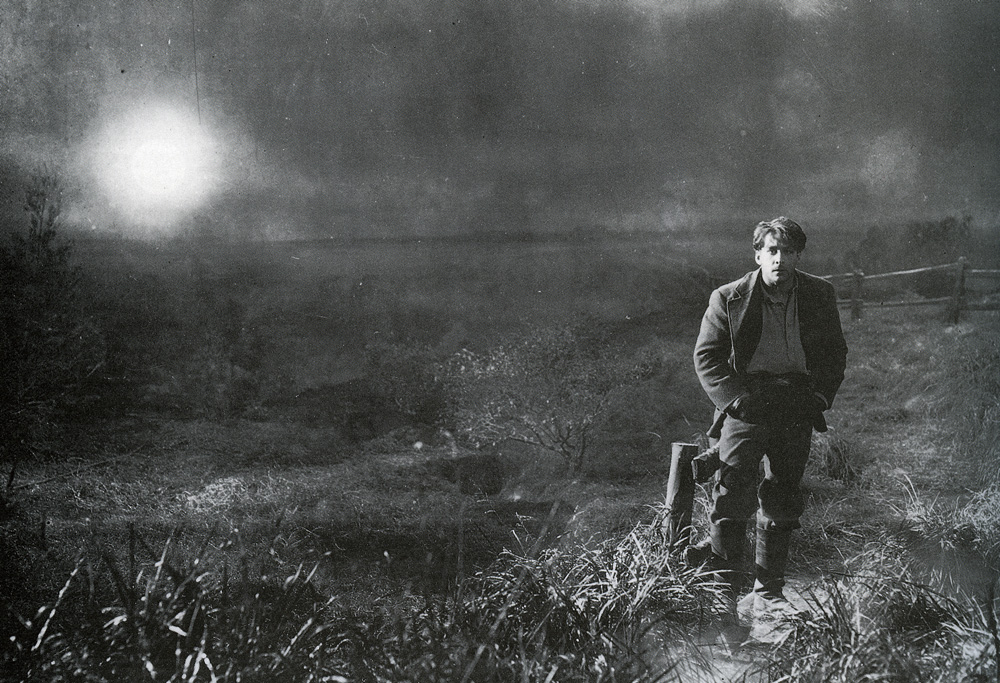Best Film Ever Made?
If you’re going to write about classic films, you have to stick your neck out — and take the chance others will stick their tongues out in response. OK, here goes. As much as I love Citizen Kane (1941), I think Sunrise (1927) is the better film. In fact, it may be the best film ever made.
If you’re not acquainted with the great silent films, such as Sunrise, Napoleon, October, and Greed, you may wonder how any film that’s missing an important component such as sound could possibly be superior to the best films that have the full palette of creative possibilities. That’s the wrong way to think about it. Silent film became a highly expressive art form precisely because it lacked sound. If you listen to your favorite songs on the radio, are you upset they don’t have accompanying pictures? Is a Vermeer painting incomplete because it doesn’t have a soundtrack? By the late 1920s, film directors had established a rich visual vocabulary and were continuing to explore new possibilities. That was cut short in 1927 with the marriage of film with sound. And there was no turning back.
Released on the cusp between the silent and sound eras, Sunrise (1927) played in theaters with synchronized music and sound effects via the newly developed Western Electric Movietone sound-on-film sound system. Even so, it’s a pure silent film. The story is told visually with a minimal number of intertitles. The director F. W. Murnau had complete control, just as Welles would have for Citizen Kane. Murnau had impressed Hollywood with his previous films from Germany, including Nosferatu (1922), The Last Laugh (1924), and Faust (1926). Though produced in Hollywood, Sunrise looks and feels more like a film from the German studio, UFA.
Murnau was trained as an art historian, and he brought a painter’s eye to all his films. Sunrise in particular is stunningly beautiful. In a 1958 Cahiers du Cinema poll, it was voted “the most beautiful film in the world.” Welles used his film techniques to move the characters and story forward, but Murnau was ultimately the more talented director because his techniques were more tightly integrated into the fabric of the film.
Some of the techniques are almost breathtaking in their originality and subtlety. For example, when the husband walks through the marsh, the camera follows him, then moves on ahead to discover the woman he is secretly meeting. The camera movement feels exactly right, as though it was taking the same steps we would take if we were there in the middle of the action. Other techniques are almost invisible to the viewer, yet the end result is a stronger visual composition that creates the right mood for the characters or the ideal space for the story to unfold.
For example, Murnau wanted to have deep focus shots, similar to the ones Welles would use in Citizen Kane. A painter could easily achieve the effect, but the lenses and film stocks of the 1920s couldn’t quite do it. So Murnau cheated. He created the illusion of extreme deep focus by playing with the perspective. He placed midgets and small tables in the back of the room to make it appear as though the focus was extending further than it really was. He also placed furniture up front that was larger than it would normally be, in order to simulate a closer focus than was physically possible. All for a single shot.
Fortunately, you don’t have to dig below the surface like this in order to enjoy Sunrise. This is an extremely accessible film where everything serves a single goal — to tell a simple story in the best possible way.
Sunrise
(1927; directed by F. W. Murnau)
20th Century Fox (Blu-ray and DVD)
Wednesday, February 22 at 8:00 p.m. eastern on Turner Classic Movies
Reviews